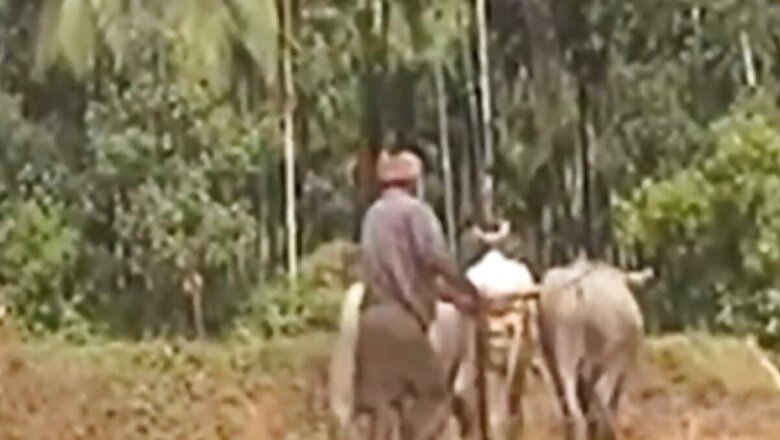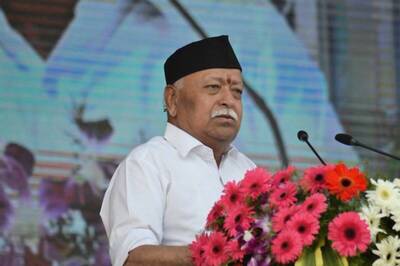
views
Do you know how the traditional paddy cultivation was done once upon a time? In Dakshin Kannada district, traditional paddy cultivation was once a deeply communal and ritualistic practice. This method of farming involved the entire community coming together for the paddy planting season. The process began with ploughing the fields using oxen or buffaloes, a task that was not only labour-intensive but also a focal point of communal cooperation. After ploughing, women and children took on the essential role of planting the paddy, often accompanied by singing traditional songs and sharing folklore related to agriculture. This collective effort was not just about farming, but also maintaining social bonds and cultural traditions.
This traditional practice of agriculture in Dakshin Kannada was marked by a strong sense of community. As the planting season began, families from the entire town would gather to work in the fields. The planting was not just a physical task but also a celebration as women not only engage in singing songs, but also engage in lively conversation with the neighbours. The use of oxen for threshing and ploughing was a key element of the traditional method, contributing to the agricultural rhythm of the region.
The arrival of mechanised agriculture has significantly changed this traditional landscape. Modern machines now handle many of the tasks that were once performed by hand, such as tilling, planting, and harvesting. This shift has reduced the role of communal labour and the accompanying cultural practices. Mechanisation has led to a more solitary approach to farming, reducing the opportunities for communal interaction that were once central to the agricultural process. The traditional Kudu family system, which highlighted shared agricultural responsibilities among extended family members, is also declining. The introduction of machinery has made farming more well-organised but has also led to the loss of traditional practices and communal bonds that were integral to paddy cultivation in Dakshin Kannada.



















Comments
0 comment